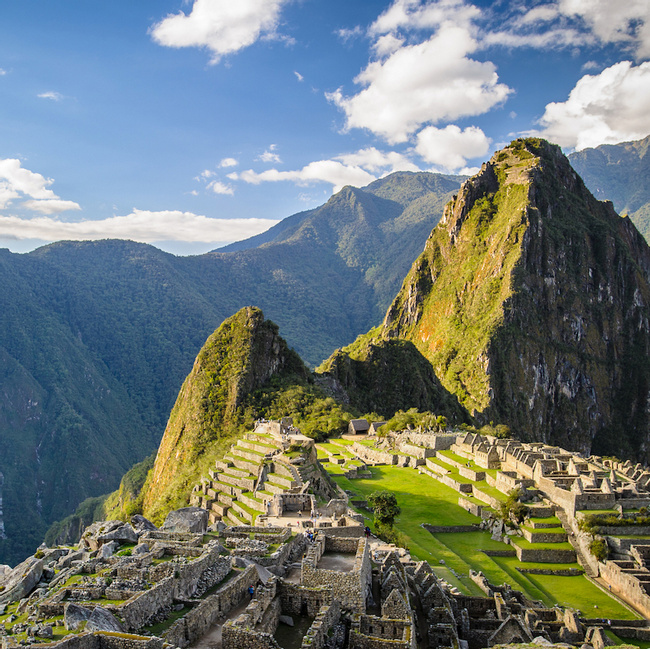- Travel Guides
The Fujimori Regime and Economic Growth in the 21st Century
A trip to Peru is full of wonder—fine cuisine, colorful artistry, beautiful scenery...None of this belies the shaky periods the country has been forced to endure throughout the centuries. From the fall of the Inca Empire, to the fight for freedom from Spanish colonialism, instability reigned well into Peru's recent history. Fortunately, Peruvians are incredibly resilient and have managed to bounce back from political and economic distress in the recent era, and the country continues to develop for the betterment of its society.

Early Struggles
The fight for stability and independence has been a long battle for Peru. The history of the nation's identifiable civilizations goes as far back as the Chavín of 1000 BC. One of the most prominent civilizations is that of the Inca Empire, when this fell at the hands of Spanish Conquistadors, that was the beginning of Peru's fight for both independence and stability.
Even after Peru's autonomy was wrested from Spain, political struggles would continue into the 20th and 21st centuries. The last notable struggle was the Fujimori Regime, followed by the rise of true progress, stability, and growth.
Fujimori Regime
Alberto Fujimori was first elected in 1990. In 1992, he made the controversial decision to dissolve the Peruvian congress, giving himself complete control of the government. He also privatized previously state-owned businesses as part of an economic strategy nicknamed “Fuji-shock.” This venture did help the fragile economy, but it also worsened the quality of life for many poor Peruvians.
Fujimori’s authoritarian style did not go over well with most Peruvians. In 2000, in the midst of growing public disapproval, Fujimori was caught bribing a congressman. He fled to Japan, but was captured and extradited to Peru in 2009. The Supreme Court sentenced him to 25 years in jail for a long list of offenses, including profiting from drug trafficking and kidnapping.
21st Century Economic Growth
Alejandro Toledo took over from Fujimori in 2001. He was the first president of indigenous descent. His presidency marked the beginning of a period of economic growth. In 2006, Alan García was re-elected. During his presidency, he continued the beneficial economic policies that Toledo began. Overall, Peru enjoyed rapid economic growth between 2002 and 2011.
In 2011, Ollanto Humala was elected president. His presidency has been marked by a commitment to helping Peru’s most poverty-stricken population. He established the Ministry of Development and Social Inclusion, a government entity meant to ensure that Peru’s poorest people could participate in all of the country’s social programs.
References
To learn more about the resources we use to bring you these informative articles, visit our reference page.
We believe travel is more than ticking destinations off a list – it’s about discovering new places deeply, feeling connected wherever you go, and knowing you have a trusted team behind you every step of the way.



